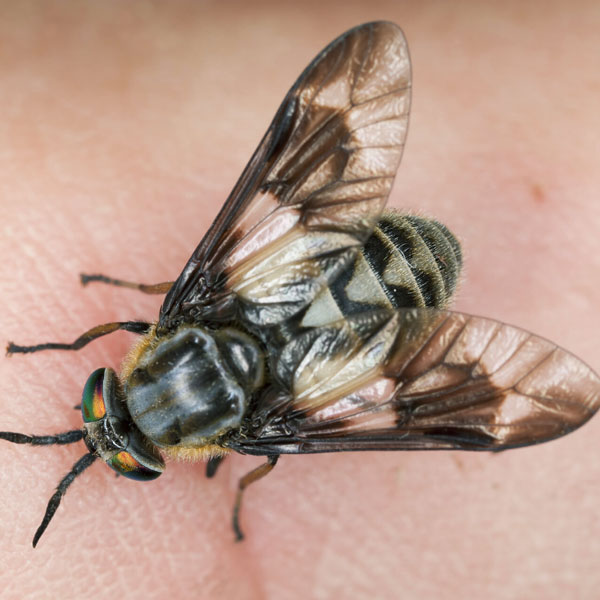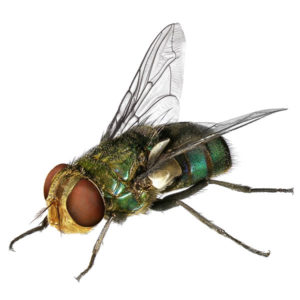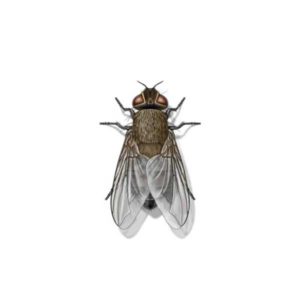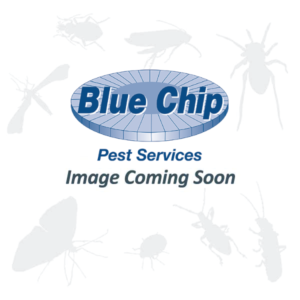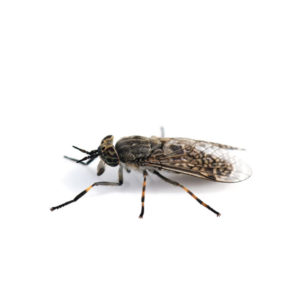Deer Flies in St. Louis
Deer flies and horse flies are large, heavy-bodied insects that are persistent pests of wildlife, livestock, and humans. Their blood-sucking habits also raise concerns about the possible transmission of disease agents. They are notorious pests of horses, mules, cattle, hogs, dogs, and other mammals, including humans. Deer flies, which commonly bite humans, are smaller with dark bands across the wings and colored eyes similar to those of horse flies. An attack by a few of these persistent flies can make outdoor work and recreation miserable.
Deer Fly Habitat
Deer flies and horse flies can be found near aquatic habitats that support larval development. Most deer flies and horse flies are found in brushy or low-lying pasture areas near creeks, streams, or tanks that provide damp soils in which the immature stages develop. While they don’t typically enter buildings, deer flies can accidentally wander indoors from time to time. Houses or hotels with swimming pools could have more issues with the pest because shiny surfaces and quick movements attract deer flies to people.
Deer Fly Behaviors, Threats, or Dangers
Female deer flies and horse flies can and will bite people, and the painful bites may occur on any part of the body. The bite often results in visible bleeding wounds and general first aid-type skin creams may help to relieve the pain from bites. In rare instances, there may be allergic reactions involving hives and wheezing. There is evidence that a deer fly in the western U.S. is involved in the transmission of a bacterium that causes the disease tularemia, which is known as deer fly fever and rabbit fever. These flies are significant livestock pests with their painful and persistent biting behavior. Always contact your local fly exterminator for help with deer flies.

